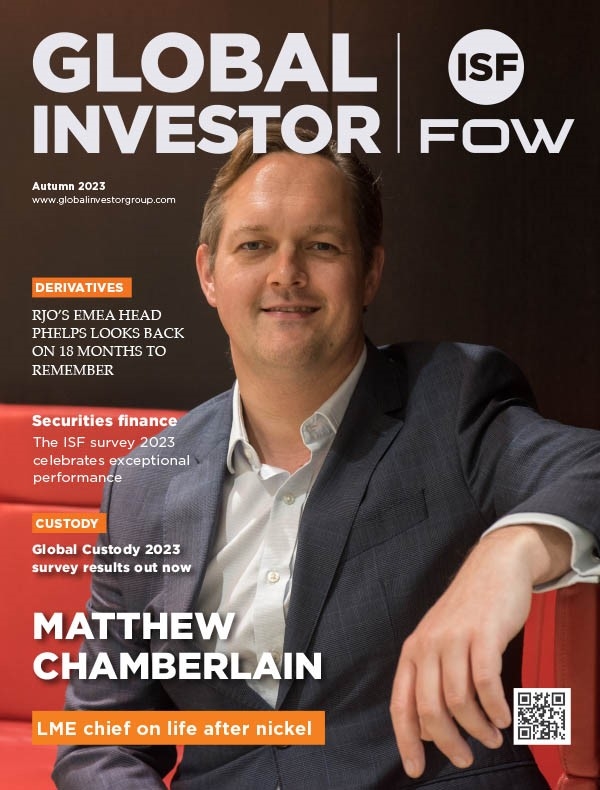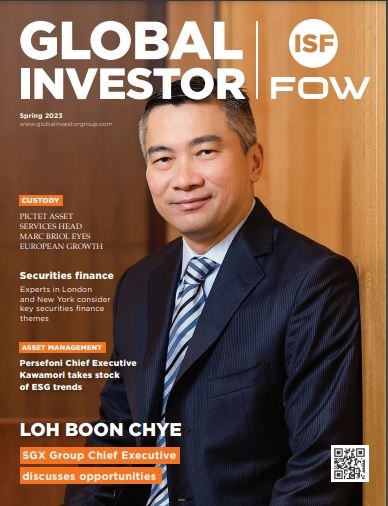4sight: Swaps desks look to boost tech capabilities
Trends in Synthetic Finance Technology
Swaps volumes are continuing to increase in Asia, US and European markets due to their balance sheet efficiencies, particularly since regulations such as capital and leverage ratio rules have become a binding constraint on sell-side banks. Swaps also remain popular in emerging markets where they are used for market access purposes. Further to the increase in volumes, there has been an increase in the number of participants in the synthetic finance space as new players emerge.
A survey in 2015 of 56 market participants carried out by swaps technology provider 4sight and consultancy The Field Effect revealed that 32% of participants are currently booking Synthetic Financing transactions such as Total Return Swaps and Portfolio Swaps.
A further 18% plan to in the near future. Firms surveyed included a range of tier one and tier two investment banks and asset managers.
The survey also found that:
• 19% had a technology system in place but it was not yet mature
• 84% of respondents rated their current technology systems as average, poor or very poor
• Only 16% rated their technology systems as good or excellent.
Technology Requirements
Systems that simplify the complexity of the equity swaps lifecycle while increasing automation and straight through processing are now fundamental to managing costs and enhancing client service offerings.
Broker-dealers will find it easier to trade with counterparties who have efficient processes for managing the operational lifecycle of synthetic transactions. Software as a service solutions can also add value for these firms without significant spend on hardware and IT infrastructure.
Technology Cost Reduction
4sight Swap Solution
Holistic Model
A trend is also emerging for a more holistic approach to managing both physical and synthetic trading activities, particularly among the larger sell-side banks. This has largely been driven by an increased focus on risk management and the need to optimise efficiency in balance sheet usage, liquidity and capital consumption.
Having this top-down view of physical and synthetic trading activity, coupled with a centralised collateral and liquidity management function, allows the firm to quantify, analyse and allocate resources in a way that reduces costs and helps to generate the greatest return on equity for the firm.
In addition to these new considerations there is an obvious advantage to having a firm’s synthetic and physical client offerings and exposures in one system e.g. having Prime Brokerage equity flow swap and SBL exposures in the same system so that users can cross reference client positions and rates at a glance.
While this trend is only just emerging in the market, we may see it gathering pace as new regulations begin to bite and forward-thinking market participants look at ways to adapt to the new environment.
This article is an excerpt from a 4sight and The Field Effect whitepaper, Synthetic Finance: Target Operating Models and Technology Challenges. The full paper can be accessed from: www.4sight.com/products/4sight-swap/synthetic-finance-whitepaper
Found this useful?
Take a complimentary trial of the FOW Marketing Intelligence Platform – the comprehensive source of news and analysis across the buy- and sell- side.
Gain access to:
- A single source of in-depth news, insight and analysis across Asset Management, Securities Finance, Custody, Fund Services and Derivatives
- Our interactive database, optimized to enable you to summarise data and build graphs outlining market activity
- Exclusive whitepapers, supplements and industry analysis curated and published by Futures & Options World
- Breaking news, daily and weekly alerts on the markets most relevant to you



